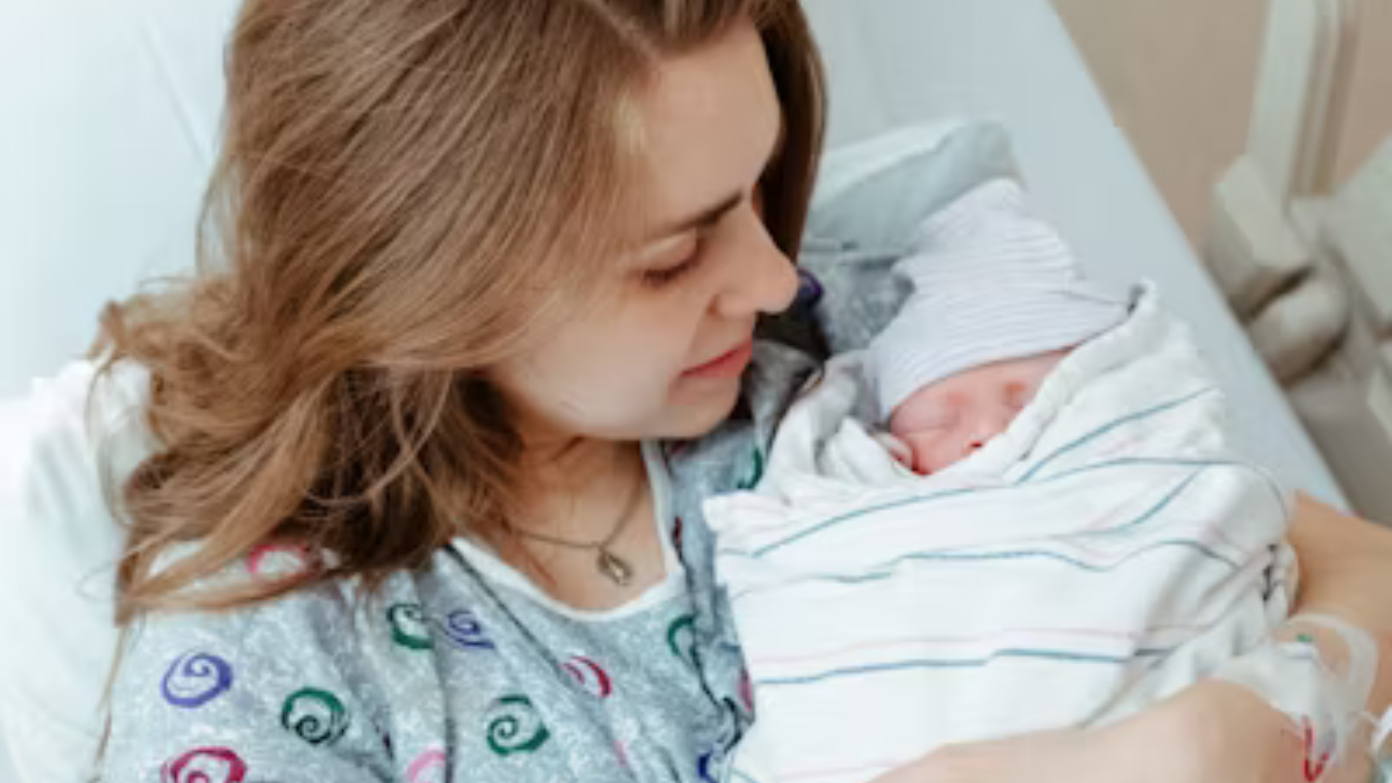New York State is introducing a new financial assistance program for low-income families with a newborn baby. New York State BABY Benefit was announced by Governor Kathy Hochul, a one-time payment of $1,800 to reduce the cost of having a baby and early care for babies. It is included in the state’s budget for 2026 and is part of a larger initiative to make New York affordable for families.
Who is eligible for the $1,800 baby bonus?
Families need to satisfy all of the following to qualify for the BABY Benefit:
- Live in New York State
- Be on a public assistance program
- Adopt or give birth to a child in the 2025–2026 fiscal year
That is, the program incentivizes low-income families who are already on state benefits and offers them additional benefits at a pivotal juncture. The New York State Office of Temporary and Disability Assistance (OTDA) will be coming out with more information on how the eligible families will be getting the money soon.
Purpose and use of the baby bonus
The $1,800 payment is intended to assist families in paying the expensive initial cost of a newborn. These may include diapers, formula, baby apparel, car seats, medical expenses, housing, and postpartum care. The BABY Benefit is not restricted cash, as most government programs are, and families may spend it as they desire without red tape or receipts to present.
Governor Hochul stressed that the payment is to help end cash struggles in the initial months of parenthood and complement incomes for New York’s most vulnerable families at a pivotal moment. Early proposals initially contemplated paying aid monthly during pregnancy with a bonus payment upon birth. The final plan only pays one lump sum of $1,800, however, at the time of child or adoption birth. This method simplifies administration and allows families to be in position to receive the help when costs are highest.
Parents signed up in public aid programs and pregnant women can track OTDA notices or call their local benefits office for notice of application for the benefit.
Extra family assistance in New York’s 2026 budget
The baby bonus is one of a sweeping family assistance package in 2026 fiscal year state budget, which includes:
- Increased Child Tax Credits: $1,000 to children under the age of 4 and $500 to children ages 4 to 16. Doubling the standard tax credit from $472 to $943 and making it available to another 187,000 taxpayers, this increase has the potential to cut child poverty rates by more than 8% in New York.
- Free school meals: Free breakfast and lunch for every public school student, providing families with about $1,600 per child per year in savings.
- Inflation rebate checks: $400 lump-sum payments for those who file 2023 returns and will be sent in the fall of 2025.
- Childcare investments: $100 million investments toward the building and construction of childcare centers, and $10 million investments toward home care workers.
These policies reflect an across-the-board approach in assisting families after the infancy stage.
Why this matters
Being a new parent is also typically surrounded by tremendous economic strain, particularly for low-income families. Lost income, medical expenses, and baby necessities are expenses that can quickly add up. The BABY Benefit is a relief at a time that most families are most susceptible.
By providing no-strings-attached, flexible funds, New York is filling a gap in family support that many other states and the federal government have not. Governor Hochul cast the program as part of her vision for making New York “the best, most affordable place to start and raise a family.”
What families should do now
Eligible families should:
- Make sure public assistance programs are enrolled if not already done
- Notify themselves of pregnancy or adoption in the 2025–2026 fiscal year
- Stay informed about New York State Office of Temporary and Disability Assistance application and distribution announcements
This forward planning will ensure families receive the benefit timely when the program becomes available.
New York’s $1,800 baby bonus is an encouraging move toward providing low-income families with support during one of the most costly and transformative times in life. Coupled with increased tax credits, free school lunches, and child care investment, the program aims to cut child poverty and alleviate the strain on families. As other states look on, New York’s strategy can serve as a model for comprehensive family aid in the future.
Read more: Which restaurants are open on Memorial Day 2025? These are the opening hours of McDonald’s, Starbucks, Wendy’s, Chick-fil-A, Dunkin’, Chipotle…
Read more: IRS Form 3903: what is it, instructions, how to fill it out, where and who can apply for the Moving Expenses

